If you're looking for a science-based intro to coding, start with Scratch. This drag-and-drop, block-based programming language is completely free and requires no license to use. The Scratch platform was developed at the MIT Media Lab and empowers students to create animations and amazing projects. They can even remix projects that members of their community have designed. For easy use, students can access Scratch coding with its offline editor or download it onto their computers. To run Scratch, all your students need is a Windows, Linux, ChromeOS, or Mac computer, a recent web browser, and a recent version of the Adobe Flash Player. In addition to that, there are multiple STEM tools that incorporate Scratch into their coding experiences.
Students can use Scratch to program many different robotics tools or simply explore some of the most important fundamentals of programming in school or in afterschool robotics clubs. On our store, you will find a wide selection of tech tools for coding with Scratch, including the Strawbees kits, Edison Robot, mBot-S, GoPiGo Robot, and the well-liked Makey Makey. The Edison Robot allows students to progress from block coding with Scratch to text coding with Python. The GoPiGo line, on the other hand, has many different types of kits, so there's something for each type of class. And the mBlock programming language of the mBot-S is closely related to Scratch, so students can practice the basics while still branching out.
Intro to Scratch
Scratch is for everyone, but it's aimed mainly at kids from ages 8 to 16. Scratch is a block-based language, which means students build programs from "blocks" that correspond to a specific function or statement of code. One block might tell a robot to move forward a certain distance, while another might tell it to turn left. In a text-based programming language, students would need to write out each command in full—a process with a high learning curve. Block languages like Scratch help students master the logic behind coding and the basic structure of a program before they have to start writing more complicated code. Scratch's bright, highly visual design helps students associate each command with a specific color-coded block, so they'll quickly learn how a program should look and operate.
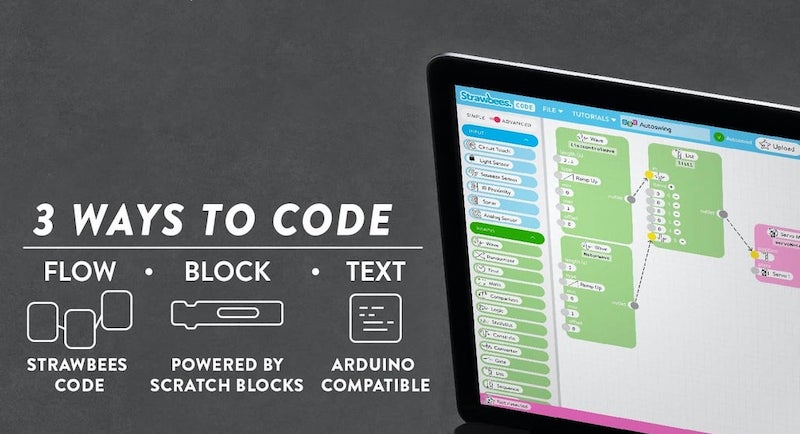
Strawbees and Scratch coding
With Strawbees, kids can construct various projects using reusable plastic straws, learning key design and engineering skills. But that's only the beginning. Students can upgrade their Strawbees system by combining their builds with electronics elements, like servo motors or LED lights. Then, they can use a micro:bit or Makey Makey as a "brain" to power their creations. In the Strawbees CODE app, students can program their Strawbees inventions in three different modes: flow, blocks, and text. And, you probably already guessed it—the blocks section is based completely on Scratch coding. Many different types of Scratch blocks are available, so children can add interactive elements and movement to Strawbees inventions thanks to the Scratch integration!
The Edison Robot and Scratch
Then, we have the Edison Robot, which is programmable using a few student-friendly languages, like Python and Blockly. However, the Edison team has also developed their own Scratch-based programming environment specifically for the Edison, called EdScratch. EdScratch is based entirely on Scratch coding, and it's completely accessible online, with no downloads required. It features an intuitive layout, making it easy for students who are new to coding to program their Edison. They can control various inputs, manipulate data, create and manipulate variables, and engage in programming in all-new ways.
mBot and Scratch with mBlock
The Makeblock team developed the mBlock language to teach kids programming using the mBot, and it is based almost entirely on Scratch. Students simply drag and drop blocks with different values, creating programs they can then upload to the mBot. The mBlock language makes programming as easy as connecting blocks, and its hardware-software combination makes it very engaging. Plus, while they create programs, kids can access the unique connection between the mBot, coding, and critical thinking.
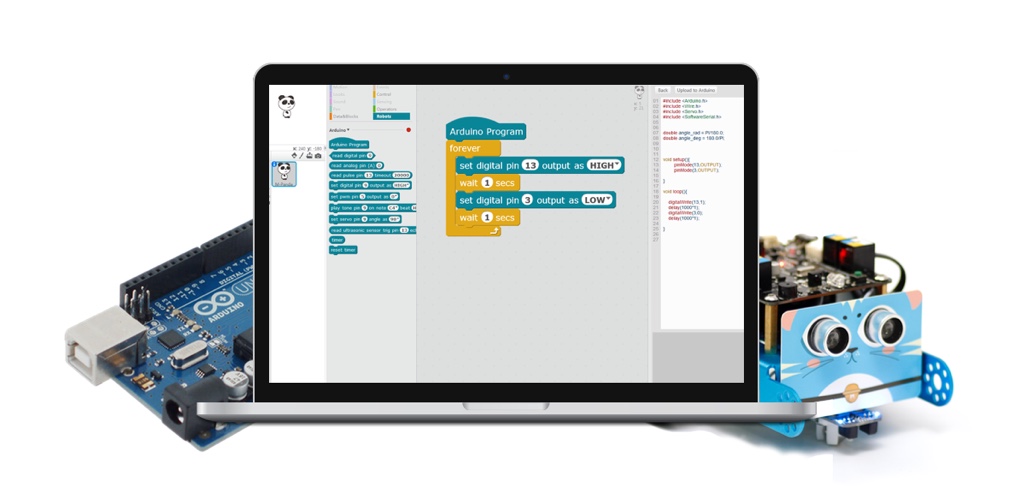
Scratch coding and the GoPiGo
The line of GoPiGo robots are powered by the Raspberry Pi and—you've guessed it—built for coding with Scratch. Once students have finished building them, these Raspberry Pi-powered robots can connect to devices over Wi-Fi or with ethernet. The Dexter Industries team has created a free operating system called Raspbian for Robots, which kids can use to program their GoPiGo robots with Scratch. There's also lots of helpful information for getting started, including a detailed explanation for writing your first program in the Scratch language.
The Makey Makey and Scratch
This final EdTech tool is one you might have heard of over the years, since it's very popular with teachers at all grade levels. The Makey Makey and Scratch have been a dynamic duo for a long time. By now, there are tons of games and projects students can complete with the two. In fact, there is an entire library with activities dedicated to Makey Makey Scratch projects, including games, challenges, and simulators. It’s a fantastic starting point for anybody new to Scratch or the Makey Makey. In their Road Runner project, for example, students can use the arrows on the Makey Makey board to avoid obstacles and collect power-ups to keep on running.
In addition to the items above, there are plenty of other robots that kids can program using Scratch. There are also online Scratch platforms students can use for practicing coding without a physical robot. To learn more about some of the robots that use Scratch as well as those that don’t, visit our store! And, follow us on Twitter and Instagram for more EdTech, STEM, and MakerEd content.
| Contact our team at anytime to learn more about Scratch-compatible coding tools. |



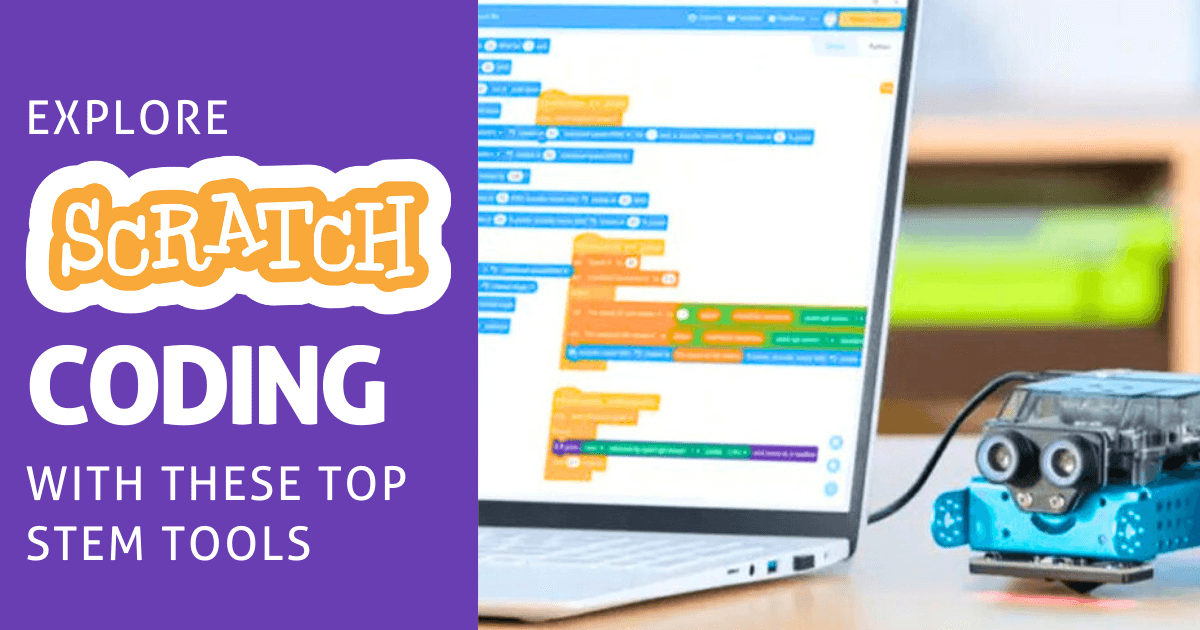
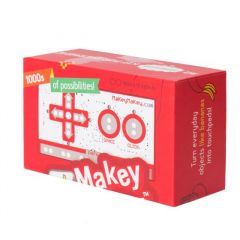
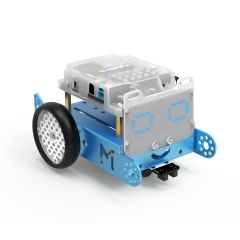
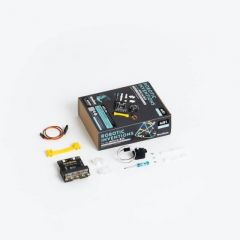
2 Comments